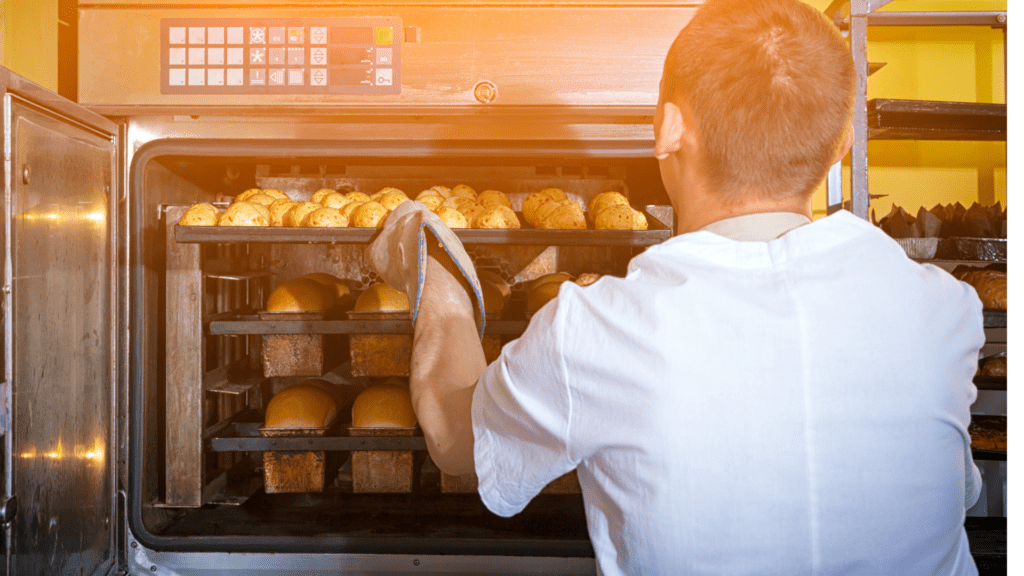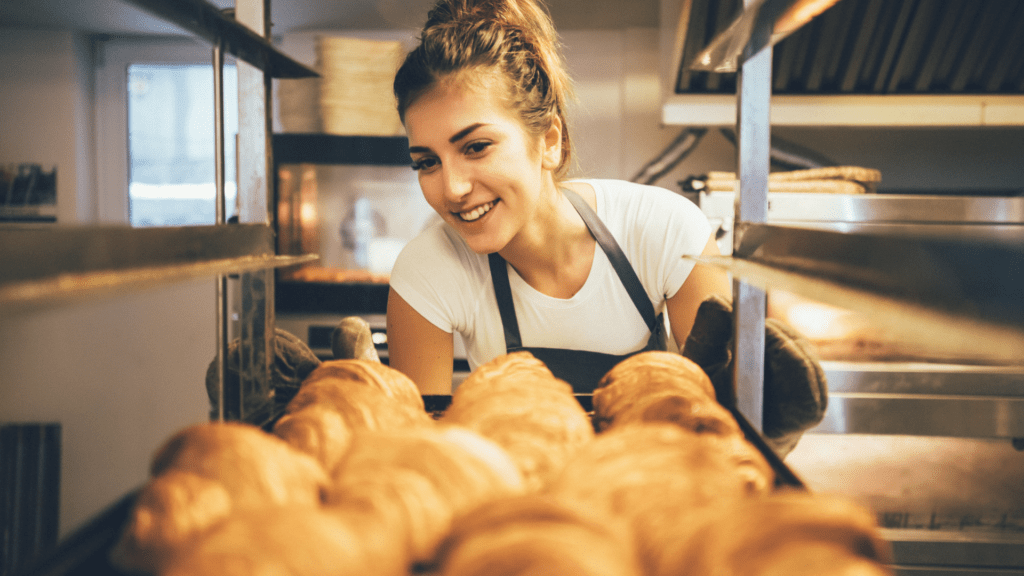Introduction: Unleashing the Art of Bread Making
In recent years, the art of artisanal bread making has captivated the culinary world, with enthusiasts seeking the satisfaction of creating their own mouthwatering loaves at home. Crafting a perfect artisanal bread requires more than just mixing flour and water; it involves mastering a set of essential techniques that elevate the final product. In this guide, we’ll embark on a delightful journey into the world of artisanal bread, exploring techniques that will empower you to rise to the occasion and bake extraordinary loaves in the comfort of your own kitchen.
1. Selecting the Right Flour: The Foundation of Artisanal Bread
Choosing the right flour is the cornerstone of successful artisanal bread making. Opt for high-quality, unbleached flour with a protein content of around 12-14%. This ensures the ideal balance between structure and texture in your bread. Experiment with different types of flour, such as whole wheat or spelt, to impart unique flavors and nutritional benefits.
2. The Art of Fermentation: Patience is a Virtue
Artisanal bread is renowned for its complex flavors, and much of this depth comes from proper fermentation. Allow your dough to rise slowly, letting the yeast work its magic over time. Consider experimenting with sourdough starters for an extra layer of flavor complexity. Patience during fermentation is the key to achieving that coveted artisanal texture and taste.
3. Mastering the Technique of Kneading: A Labor of Love
Kneading is more than just a physical workout; it’s a crucial step in developing the gluten structure that gives artisanal bread its characteristic chewiness. While traditional kneading methods involve folding, stretching, and turning the dough, explore no-knead recipes that rely on extended fermentation for gluten development. Find the technique that suits your schedule and preferences.
4. The Power of Autolyse: Letting the Dough Rest
Introduce the autolyse technique to your bread-making repertoire. This simple step involves allowing the flour and water to rest before incorporating the other ingredients. This rest period enhances gluten development and improves the dough’s extensibility, resulting in a more open crumb structure and a delightful chewiness.
5. Shaping and Scoring: Artistic Flourishes
Transform your dough into a work of art by mastering the art of shaping and scoring. Proper shaping ensures an even distribution of air pockets, while scoring allows the dough to expand gracefully during baking. Experiment with different scoring patterns, from classic crosshatch to intricate designs, and watch as your bread takes on a professional appearance.
6. Baking Environment: Creating the Perfect Oven Atmosphere
The environment in which your bread bakes plays a crucial role in its final outcome. Invest in a quality baking stone or Dutch oven to achieve that coveted crust. Preheat your oven thoroughly and consider adding steam during the first stages of baking to enhance crust development. Paying attention to the baking environment is the secret to achieving artisanal bread perfection.
7. Embrace the Imperfections: The Beauty of Handcrafted Bread
Artisanal bread is a celebration of imperfections. Embrace the rustic charm of a handcrafted loaf, knowing that each irregularity adds to its unique character. Avoid the temptation to chase after a perfectly uniform appearance; instead, revel in the beauty of your homemade creation.
8. Experimenting with Flavors: Elevating Your Artisanal Bread
Once you’ve mastered the fundamental techniques, don’t be afraid to unleash your creativity in the realm of flavors. Add a twist to your artisanal bread by incorporating herbs, spices, or even dried fruits into the dough. Consider infusing oils or using specialty flours to create a unique sensory experience. Experimentation is the key to discovering your signature loaf.
9. Temperature Control: Fine-Tuning the Baking Process
Achieving the perfect artisanal bread requires a keen understanding of temperature control. Experiment with variations in water temperature, adjusting the fermenting environment, and playing with proofing times to tailor your bread to your taste preferences. Small adjustments can yield significant differences, allowing you to fine-tune your baking process.
10. Artisanal Bread Troubleshooting: Overcoming Challenges
Even the most experienced bakers encounter challenges along the way. If your bread doesn’t rise as expected or the crust is too thick, don’t be disheartened. Troubleshoot by analyzing each step of the process. Adjust hydration levels, fermentation times, or oven temperatures accordingly. Learning to troubleshoot is an integral part of becoming a skilled artisanal bread baker.
11. Sharing the Joy: Building a Community of Bread Enthusiasts
Bread making is not just a solitary pursuit; it’s a communal experience that brings people together. Share your artisanal bread journey with friends, family, or even join online communities of bread enthusiasts. Exchange tips, recipes, and stories, creating a network of support and inspiration. The joy of bread making multiplies when shared with others.
12. Sustainable Baking: Conscious Choices for a Better Planet
Consider the environmental impact of your bread-making journey. Choose locally sourced, organic ingredients when possible, and minimize waste by repurposing stale bread into croutons or breadcrumbs. Sustainable baking is not only good for the planet but also adds a layer of consciousness to your artisanal bread-making adventure.
Conclusion: Beyond the Loaf – A Lifestyle Unveiled
As we conclude our exploration into the essential techniques for artisanal bread at home, it becomes evident that this journey extends far beyond the mere act of baking. It’s a holistic experience that engages the senses, nurtures creativity, and fosters a connection with tradition and community. Embrace the artistry, savor the flavors, and revel in the joy of creating bread that reflects not just a culinary skill but a lifestyle—a lifestyle of mindfulness, creativity, and the simple pleasure of sharing a homemade loaf with those you hold dear. Rise to the occasion, for the world of artisanal bread is as vast and diverse as your imagination allows it to be. Happy baking!


